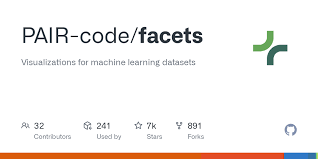
RedisAI
RedisAI is a platform designed for deploying and serving machine learning models at scale, using Redis as its primary database engine. It supports popular machine learning frameworks like TensorFlow, PyTorch, and ONNX, enabling researchers to deploy and serve models directly from a Redis database. RedisAI is particularly useful for real-time AI applications, where low-latency inference is critical. By integrating seamlessly with Redis, a widely used in-memory database, RedisAI ensures that models can be deployed in high-performance environments, making it ideal for research teams working on production-ready AI systems.







